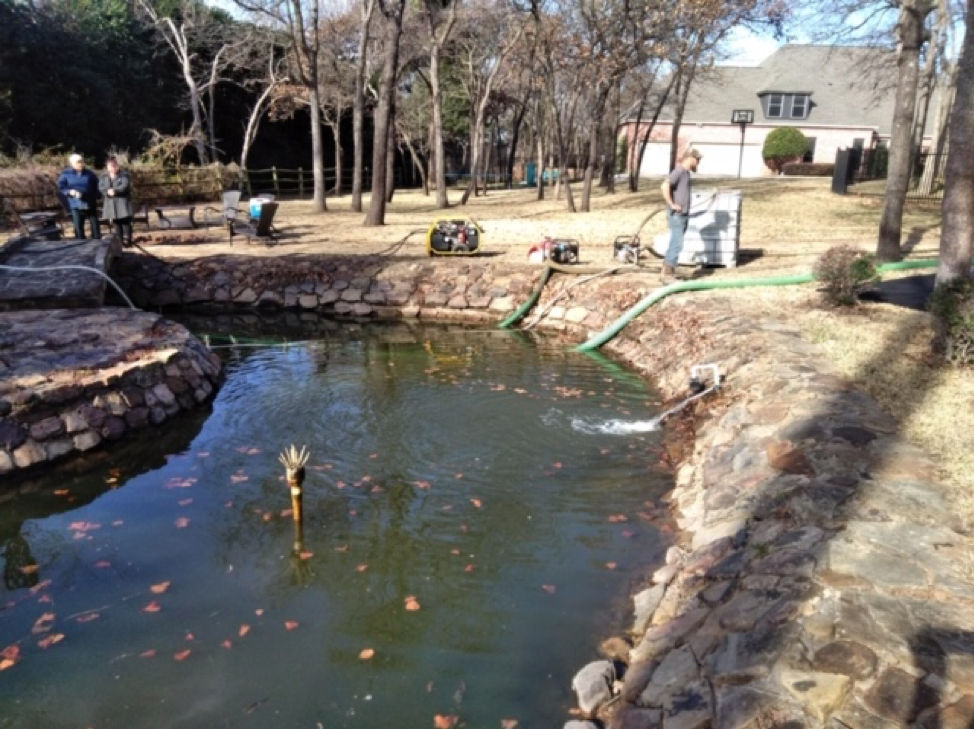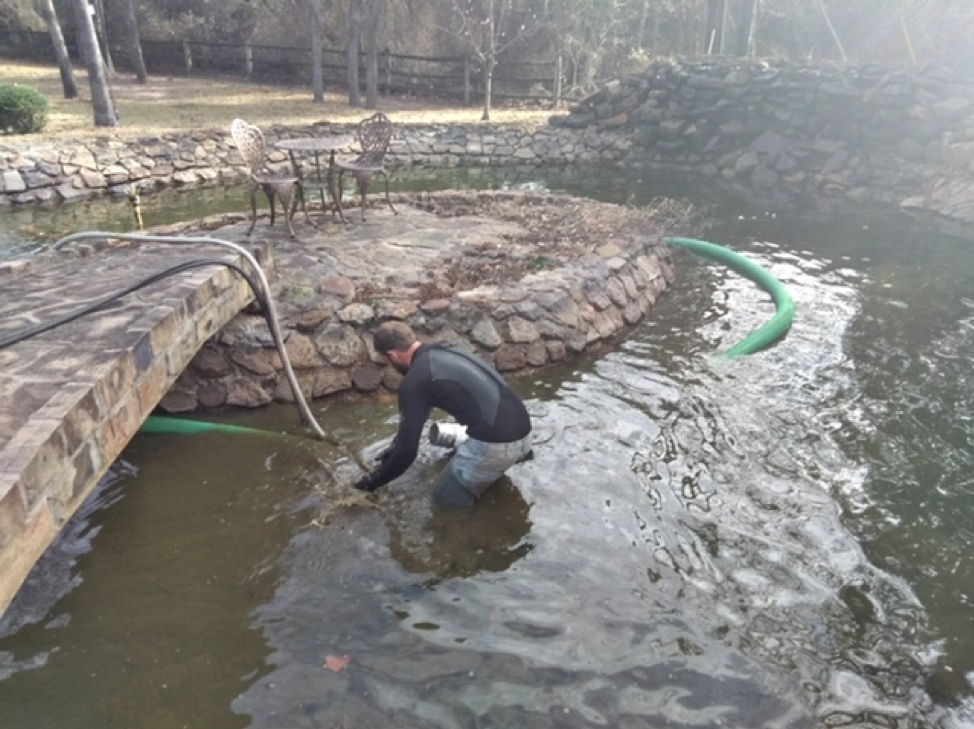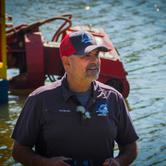How to Finally Remove Out-of-Control HOA Pond Algae
Living next to a body of water, such as a pond or lake, can raise property values and offer a higher quality of life. The natural beauty and tranquility of living near a body of water have contributed to increased property value and enhanced quality of life. Nothing is more relaxing than looking out your patio window and seeing a pond teeming with aquatic life. However, all this beauty comes at a price. Most HOA ponds are artificial. The water sources don't feed them from natural springs or other incoming sources. This means that the Homeowner's Association is responsible for fighting a never-ending battle against the natural processes that will try to reclaim the pond and turn it into dry land. One of those processes is the formation of thick coats of dirty green or brown algae that can cover an entire pond and cause noxious odors to waft into the surrounding area. In this blog post, we'll look at what HOA community managers can do to help maintain their ponds while lowering annual operating costs.

What are the HOA's Responsibilities for Stormwater Retention Ponds?
While HOAs are responsible for the maintenance and upkeep of their stormwater retention ponds, their duties are often neglected until it's too late. When a brand-new community is built, the ponds are crystal-clear, and everything is beautiful. Many HOA associations tend to overlook maintenance of the bodies of water because they feel that if it's not broken, why mess with it? As the months and years go by, the body of water becomes less and less clear until one day, a homeowner wakes up, looks out his window, and sees dirty green water that looks like a toxic waste dump. The lack of maintenance over the years can cause the HOA to react quickly, looking for the cheapest and fastest solution to the problem. Quite often, this is in the form of pond dyes.
Is it safe to use Pond Dyes in your Stormwater Retention Ponds?
Most HOA communities in the U.S. are legally required to have stormwater retention ponds to protect against flooding and other natural disasters. Developers quickly realized they could make more money by " dressing up" these ponds with shoreline reeds, grass, and other things that made the body of water look like a natural pond. The trouble is that these man-made bodies of water often turn an ugly shade of green or brown due to algae outbreaks. HOA community managers often opt to use pond dye as a quick-fix solution to restore the pond to an aesthetically pleasing shade of blue. This non-toxic substance comes as dry granules in a burlap bag. After opening the bag, dump the granules into the water from the shoreline (sometimes from a boat on bigger bodies of water). Over the next few hours, the water changes to a more aesthetically pleasing shade of blue or green. The problem with this method is that it only addresses the symptoms, not the underlying cause of nuisance algae outbreaks. HOAs will often stick the homeowners with the bill, which can run into tens of thousands of dollars on an annual basis as harmful pesticides and chemicals are frequently added willy-nilly into the mix.

Dredging HOA Ponds
The best way to prevent and eliminate nuisance algae outbreaks from occurring in HOA ponds is to have the body of water dredged at least once a year. Dredging physically and mechanically removes organic sediment and nutrients from the bottom of the pond. This sludge-like material feeds the algae outbreaks. No matter how much pond dye or algae-killing chemicals we use, the algae will eventually return because the food source at the bottom of the body of water is still there. Over the course of a year, leaves, dirt, and animal waste products find their way into the HOA pond. They tend to accumulate in the very deepest part of the body of water. The beneficial bacteria that would usually break down the organic sediment can't live or thrive at this depth. As the months go by, the pond's entire deep end turns into a food buffet for algae and other nuisance plants. By having a professional dredging company, such as American Underwater Services, dredge your HOA pond; you'll be removing the cause of all the nuisance algae outbreaks – and saving tens of thousands of dollars by not having to buy pond dye or harmful algae control chemicals.
Nationwide Pond Dredging
At American Underwater Services, we have decades of experience helping HOA communities manage their nuisance algae problems. We have our own specialized equipment that can handle any size pond or body of water. We're based in Texas but can travel anywhere in the country. Call us at (817) 377-8512 or contact us via our website to learn how our pond dredging services can help beautify your HOA ponds, increase property values, and save you and your homeowners money over a year.




